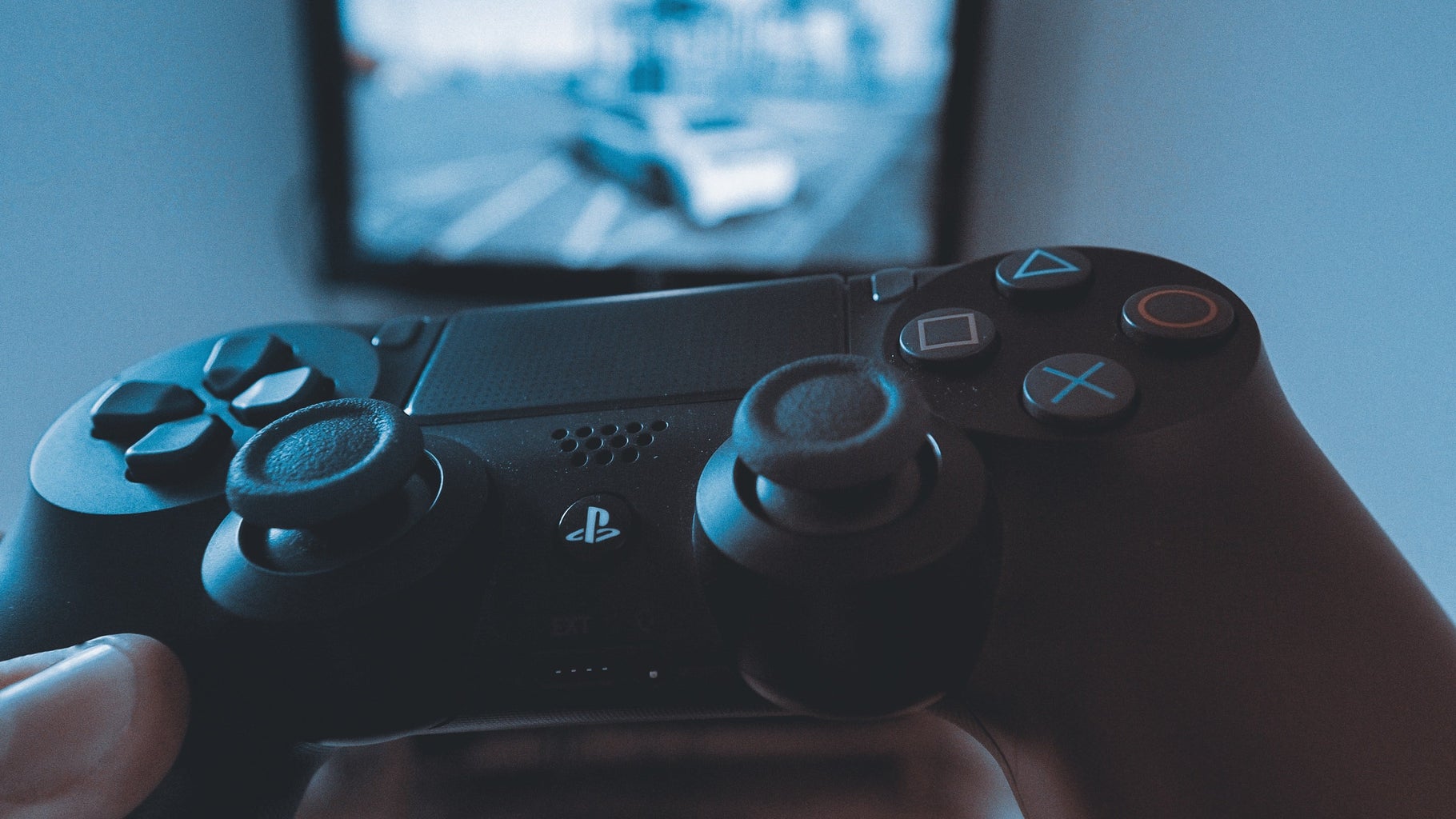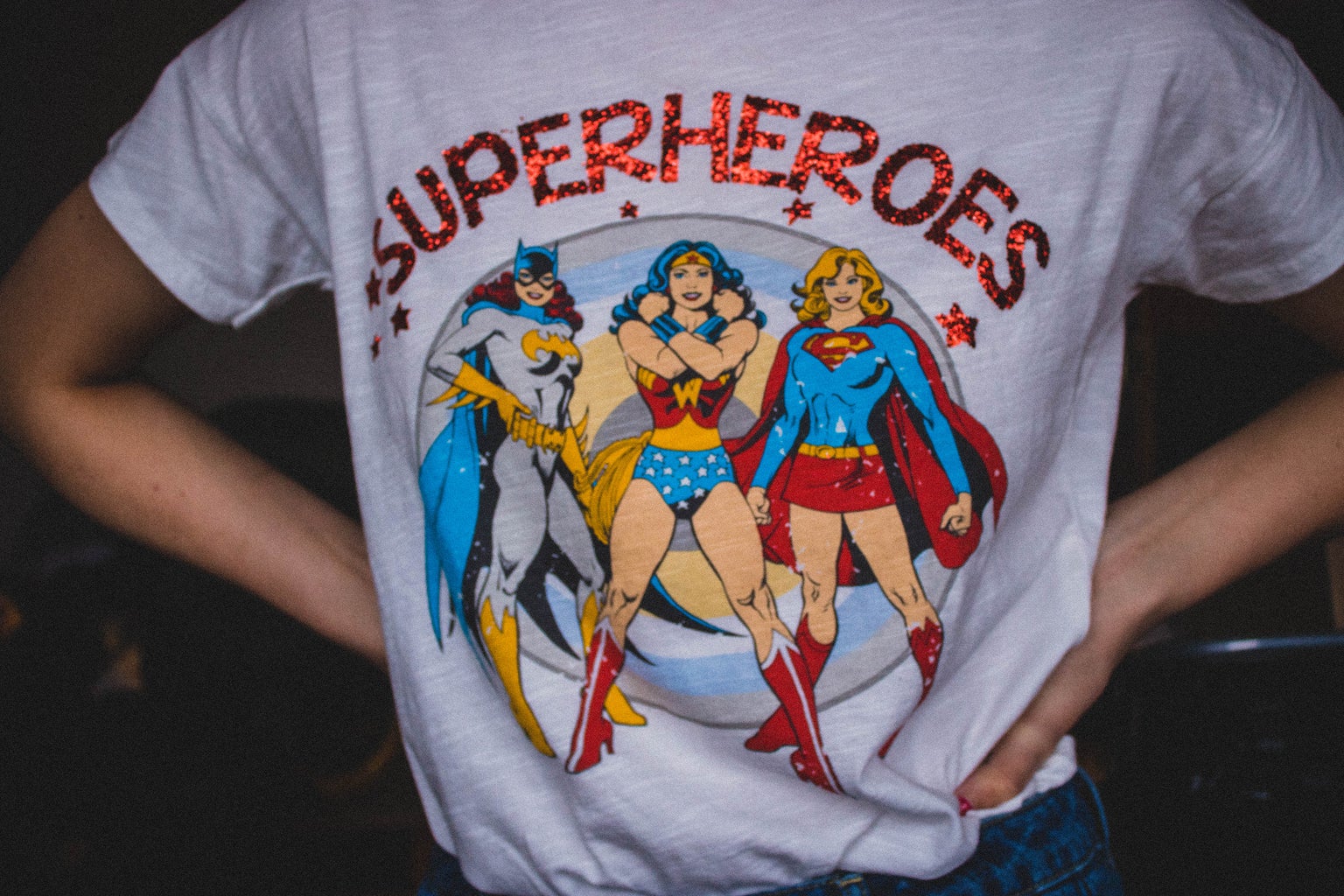I’ve always loved playing video games. In grade school, two of my friends who lived down the street would come over to my house, and we would play on my Gamecube for hours until our hands started to cramp. The two games we enjoyed playing the most had the option of choosing four playable characters: three men and one woman. Naturally, we all wanted to play as the female character, and we would aggressively mash the joystick and A button to select her first. Cut to the three of us having full-blown arguments and alternating after each round so everyone would have the opportunity to play as the only female character.

Fortunately, the gaming industry has started to see a shift in the representation of women during this past decade. The early to mid-2010s brought upon characters like Clem from The Walking Dead (2012) and Ellie from The Last of Us (2013), two young girls trying to survive amidst the uninviting reality of a post-apocalyptic world. Guided by troubled but kind men, Lee and Joel, these girls show bravery, intelligence, fortitude, and vulnerabilities throughout their respective games. Clem and Ellie feature the same level of complexity as Lee and Joel. The quality characterization received high praise from users and critics alike. Players feel an emotional connection to Clem and Ellie and want to ensure their safety during the games. In The Last of Us, there is a portion of the game where you can play as Ellie, using her wits and intellect to gather medical supplies to save Joel’s life. It’s a nice spin on the classic damsel in distress trope mentioned earlier.
Seeing the overwhelming popularity of Clem and Ellie, developers promoted them to main protagonists in subsequent games. As playable characters, their personalities were at the forefront of these games. In The Walking Dead: The Final Season (2019), Clem takes on the mentor role to a young boy named AJ, mirroring her relationship with Lee in the first game. Players witness Clem’s stream of consciousness and how she views the world around her. Clem as a protagonist is a big jump in the right direction for female representation in video games. Not only does this inspire women playing the games, but it also lets male players experience connecting with and pioneering female characters. Having female protagonists gives men the opportunity to connect with women on a deeper level through the realistic experiences women face in these games. Horizon Zero Dawn (2017) has Aloy on a journey to find out about her heartbreaking past. Ellie in The Last of Us Part II (2020) struggles with her mental health and morality as she is thrust upon a dangerous revenge quest. Jill Valentine in Resident Evil 3 Remake (2020) deals with PTSD from witnessing atrocities that occurred to her teammates. Women are finally being given complex narratives in video games that rival their male counterparts.




